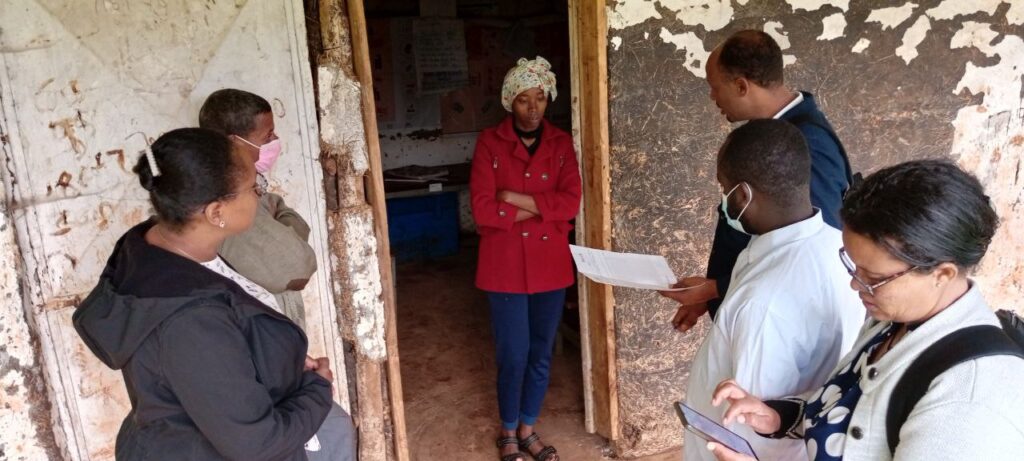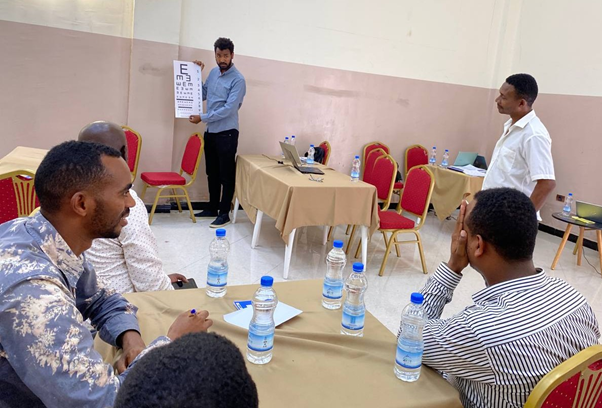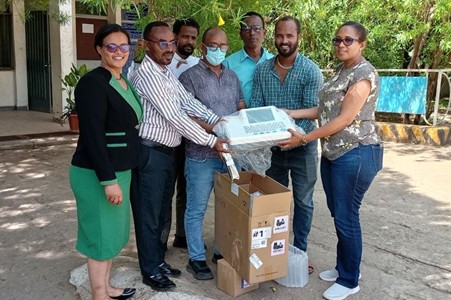Ethiopia
Ethiopia has a population of 120 million people with the number of cases of tuberculosis reaching 143,000 people. DR-TB is a major public health burden in Ethiopia. The WHO estimate for 2021 shows that 1.1% of newly notified and 12% of previously treated persons with TB have RR-/MDR-TB; with a national incidence rate of 1.5 per 100,000 population and 1,800 estimated cases.
A major gap for eliminating DR-TB in Ethiopia is narrowing the incidence – case notification gap. For instance, in 2022 out of the 1,800 estimated incident cases only 796 persons with DR-TB were notified to the National TB Program, which implies more than half of the estimates were not reached by the program. Most people with DR-TB are newly notified, indicating active community transmission of DR-TB.
The NTP is in preparation to implement the BPaL(M) regimen. An addendum was added to the national guidelines with 2022 WHO updated guidelines including the BPaL-based regimen and approved by the Ministry of Health. Training on the updated national guideline is ongoing.
There is planning to initiate treatment with shorter regimen in all 67 treatment initiation centers (TIC) in the country with ambulatory model of care with a plan to further decentralize the service by establishing new treatment initiation centers so that novel treatment regimens will be closer to the community. There are 8 regional laboratories in the county including the national reference laboratory (NRL) in Addis Ababa with different levels of capacity to provide culture and drug susceptibility testing (DST) service. The NRL in Addis Ababa has the full capacity to conduct DST for all drugs including the BpaL(M) regimen.
Increasing DR-TB treatment coverage requires expanded access to rapid diagnostics, at least to detect rifampicin resistance. Treatment monitoring is done according to national guidelines but not all TIC have the necessary equipment (e.g., ECG, Clinical lab, etc.) or have faced problems with consumables (e.g., ECG papers, Lab reagents, etc.). Clinical laboratory monitoring is not sufficient specially to address the national decentralization strategy to expand the DR-TB service to more Health facilities in the country.
Considering that Ethiopia is a country with a large population, the NTP has a budget gap of close to 58% to achieve the National Strategic Plan (NSP) target including support to the DR-TB program. Therefore, ASCENT DR-TB project will have a big impact to improve the DR-TB service in the country.




